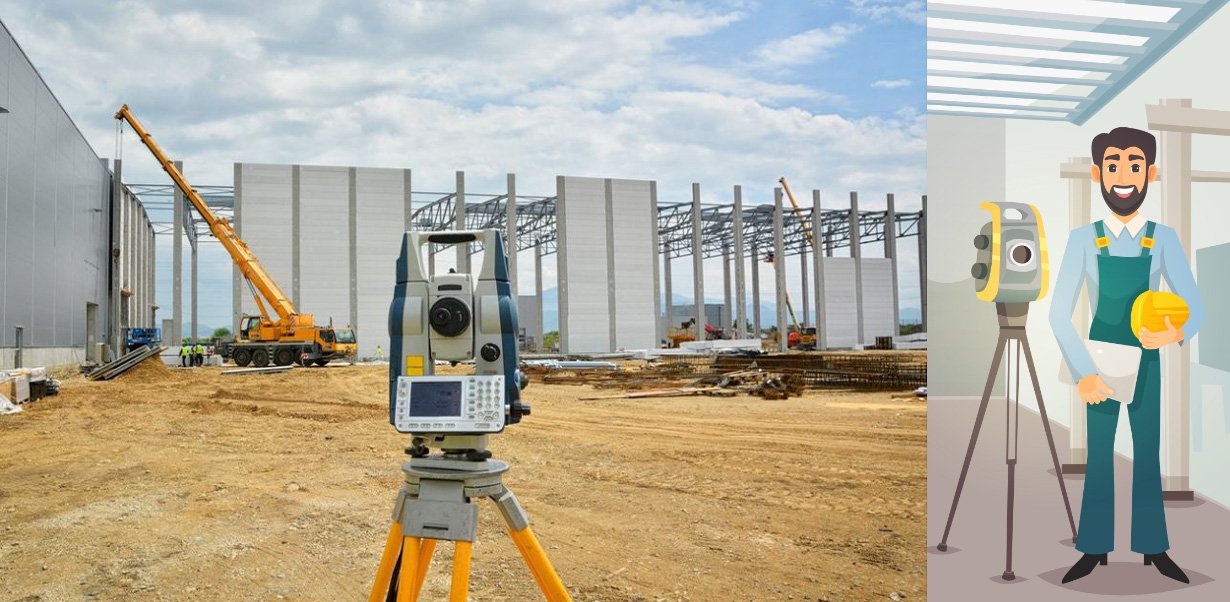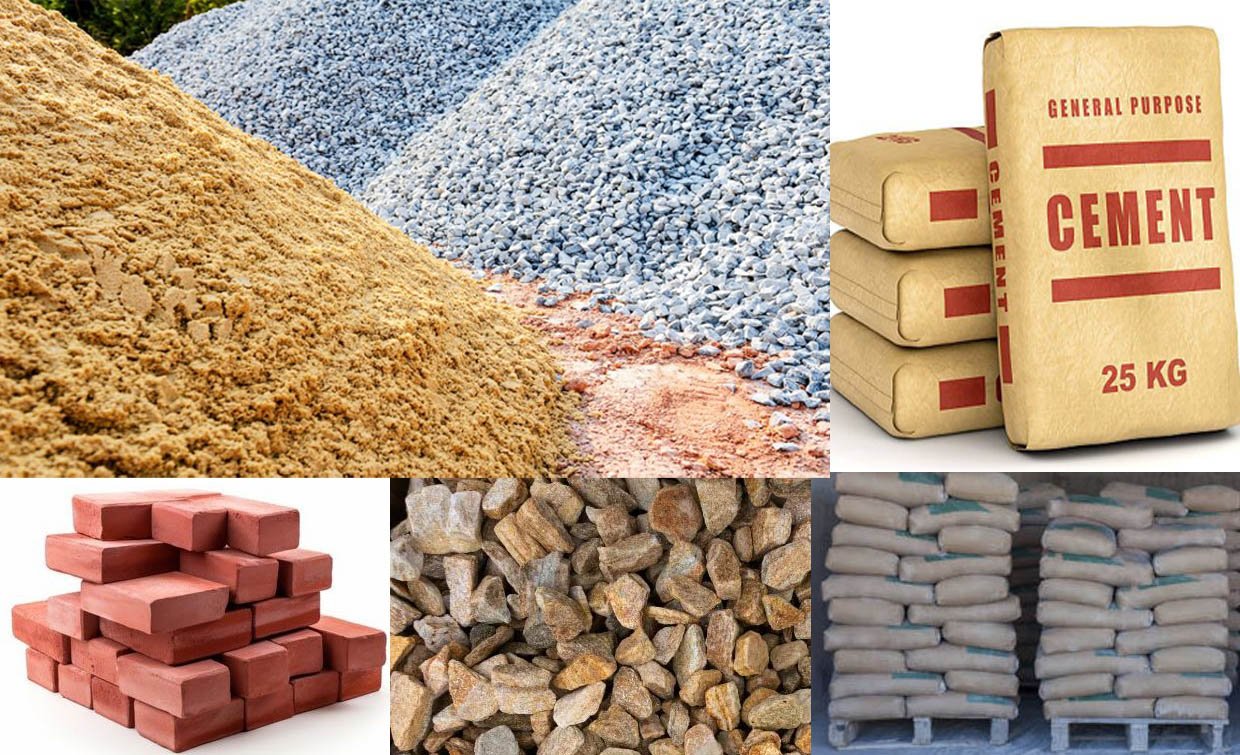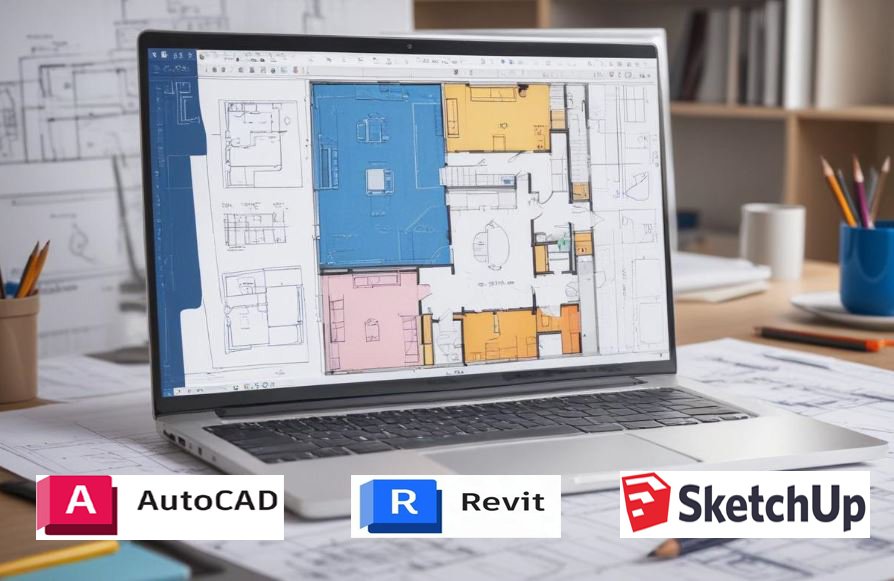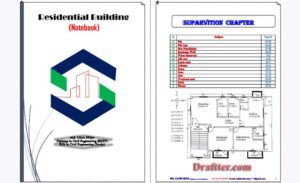Urban living often means sacrificing green space. But at least, can you turn your high-rise rooftop into a garden oasis. Yes! Rooftop gardening in high-rise buildings provides a unique opportunity for you to connect with nature, grow some food, and improve the aesthetic value of your building. Read everything through this ultimate guide and learn how to start and maintain your very own rooftop garden high above those city streets.
Planning Your High-Rise Building Rooftop Garden:
Check Building Regulations: Research the rules on rooftop access and weight restrictions for the building you live in. You will usually have to get any required permits from your building management company or a homeowners association.
Assess Rooftop Suitability: Check if the rooftop has structural strength (is strong enough), sufficient sunlight, wind exposure, and water access. Include considerations for potential shade from adjacent buildings and water availability for irrigation.
Choose the Right Rooftop Gardening System: Appropriate methods for rooftop gardens would be raised beds, container gardening, or any vertical gardening system. Raised beds provide greater soil depth than other methods and are more flexible. Containers are movable and thus space-saving. Maximizing space usage is the primary goal of any vertical system, especially in smaller areas.
Select Appropriate Plants: Choose plants suitable for rooftop conditions. Consider their wind hardiness, sun preferences, and pests. Some great choices would be leafy greens, herbs, dwarfish vegetables, and drought-loving succulents.
Build Your Rooftop Gardening:

Ensure Proper Drainage: Proper drainage in the rooftop garden is important because it will always prevent waterlogging and root rot. This can be done by installing drainage mats or making the base a little inclined to allow water to run off.
Use Lightweight Growing Media: Use light potting mixes or soilless growing media for reduced weight on the rooftop structure; heavy garden soil is not recommended.
Protection for the Rooftop Membrane: To ensure that the membrane of the rooftop remains well protected while gardening, use protective layers like rubber mats or landscape fabric.
Install Windbreaks: Where the breeze is the culprit, drying the plants and blowing the containers over, install some kind of windbreak to protect them, like trellises, screens, or hedges.
Set up Irrigation: In hot, dry climates, one of the most important aspects of good garden maintenance is having an efficient irrigation system. Especially for rooftop gardening, soaker hoses or drip irrigation work best to conserve water.
Fertilizing: Since there is limited growing media, rooftop gardening needs to be fed regularly. Use either a balanced liquid fertilizer or some slow-release granules to provide the essential nutrients.
Pest and Disease Control: Start with preventive measures so that the Pest and Disease outbreaks will be lessened. Encourage beneficial insects and practice crop rotation. When needed use organic pest controls.
Seasonal Maintenance: Get your rooftop garden ready for the turn of the season. Provide protection to the plants from extreme temperatures and change the watering frequency.
FAQ
Q: What are the best plants for a rooftop garden?
A: Plants that meet wind-and-sun-tolerant criteria and potentially drought conditions would be herbs, leafy greens, compact vegetables, and succulents.
Q: How do I protect my rooftop membrane from damage?
A: Use rubber mats or landscape fabric as protective layering between the garden and the surface of the rooftop.
Q: What is the best irrigation system for a rooftop garden?
A: Drip irrigation or soaker hoses work well since they are both very efficient and conserve water— perfect for a rooftop garden.
Q: Do I need special permission to start rooftop gardening?
A: Not all rooftops are suitable. Consult your building management and assess structural capacity and access, as well as local regulations, before you start.
Q: How do I deal with strong winds on my rooftop?
A: Put up windbreaks, such as trellises, screens, or hedges to protect your plants. Also, choose varieties of plants that are resistant to wind.
Q: How about weight restrictions on the roof?
A: Always use lightweight containers and soil mixes to reduce weight. Be aware of the overall weight of your garden and comply with construction codes.
Conclusion:
Rooftop gardening in a high-rise building can be a rewarding experience and bring the joys of nature to urban living. Use this guide to help you conquer the specific challenges of your rooftop environment. And create a thriving garden oasis high above the bustle of the city. From fresh produce to simply enjoying a lovely green space, a rooftop garden offers a unique escape and elevates the overall living experience.
































